
Comet 3I/ATLAS new images | China’s astronauts stranded | AI dead end?
Latest science news Monday, Nov. 17, 2025: Your daily feed of the biggest discoveries and breakthroughs making headlines.

Discover the research changing our understanding of the world
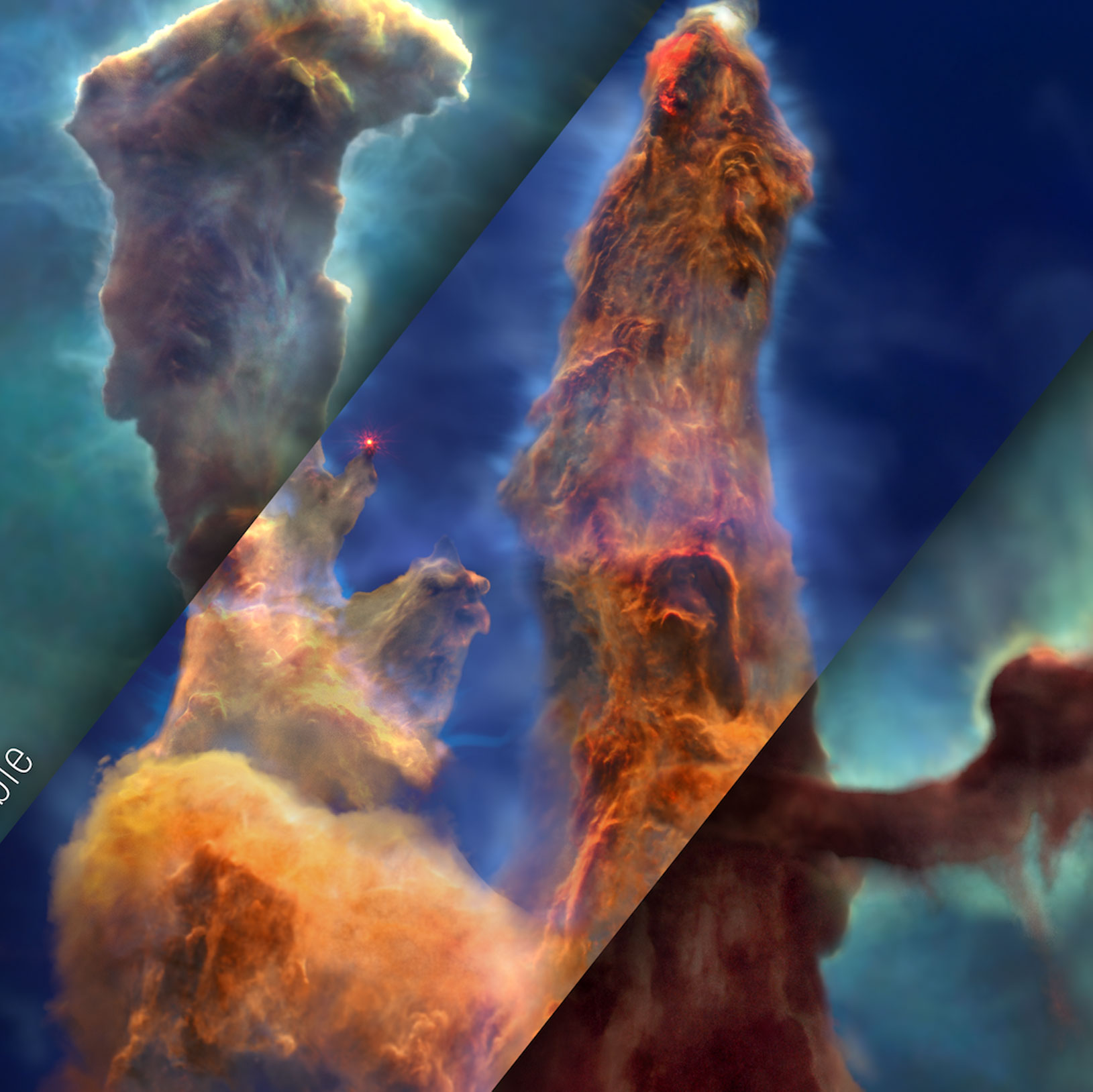
Extraordinary images of our sublime universe

Science questions, answered

Test your knowledge on all things science with our weekly, free crossword puzzle!

Test your knowledge of everything from space to nature

A look at the weird and wonderful species that live on our planet

Unusual case reports from the medical literature
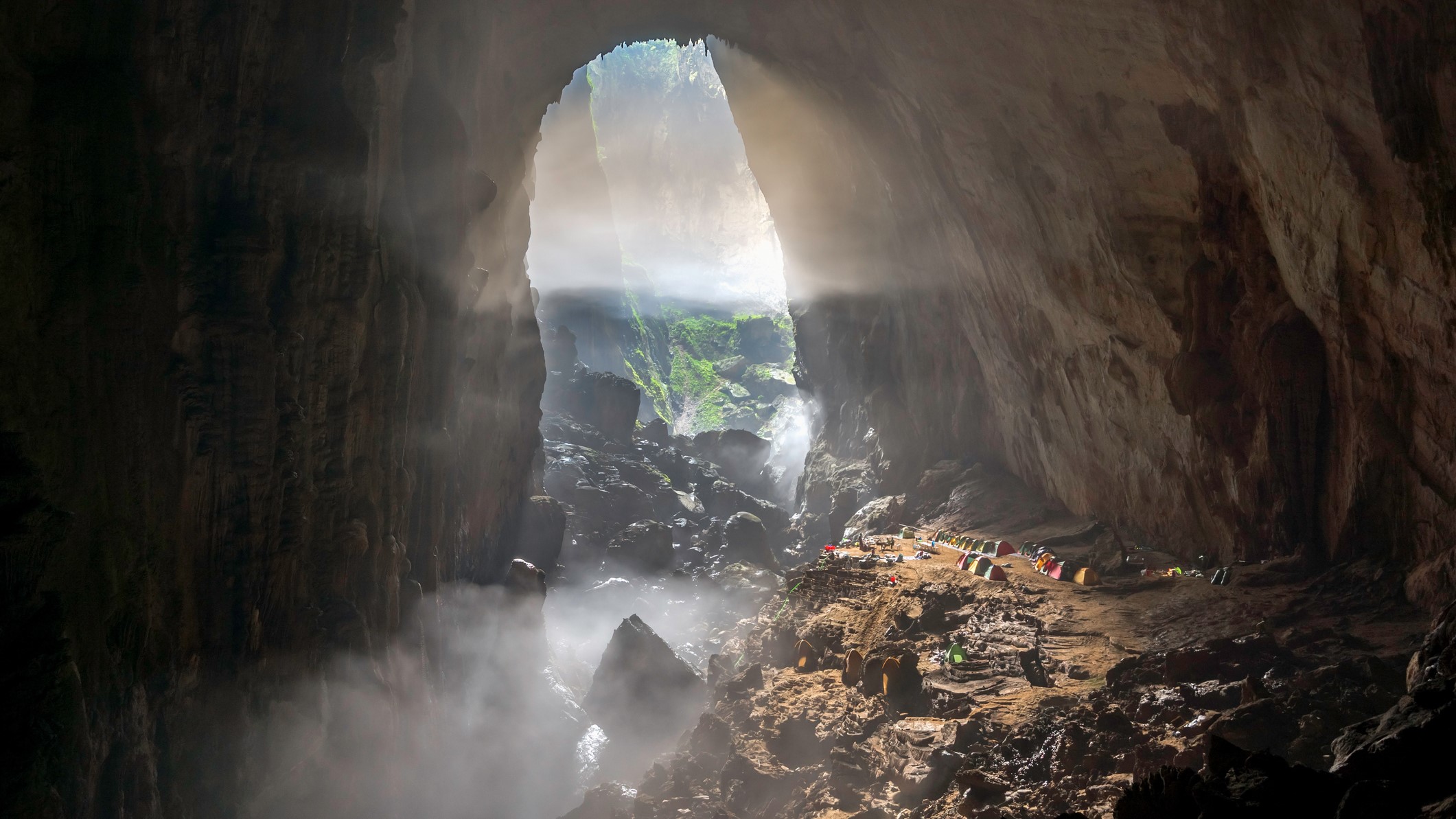
A window onto extraordinary landscapes on Earth
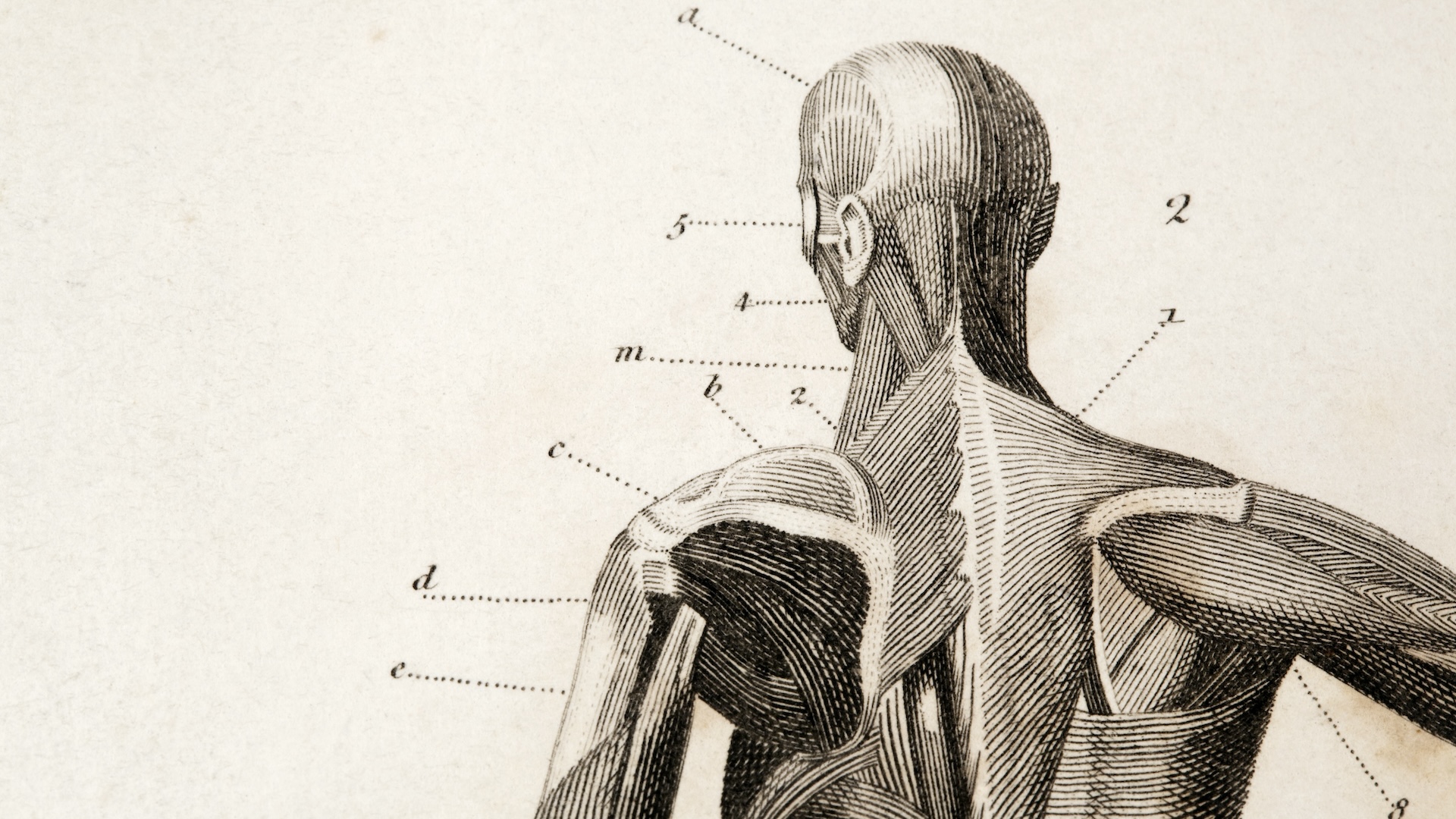
Medical conditions you may never have heard of before
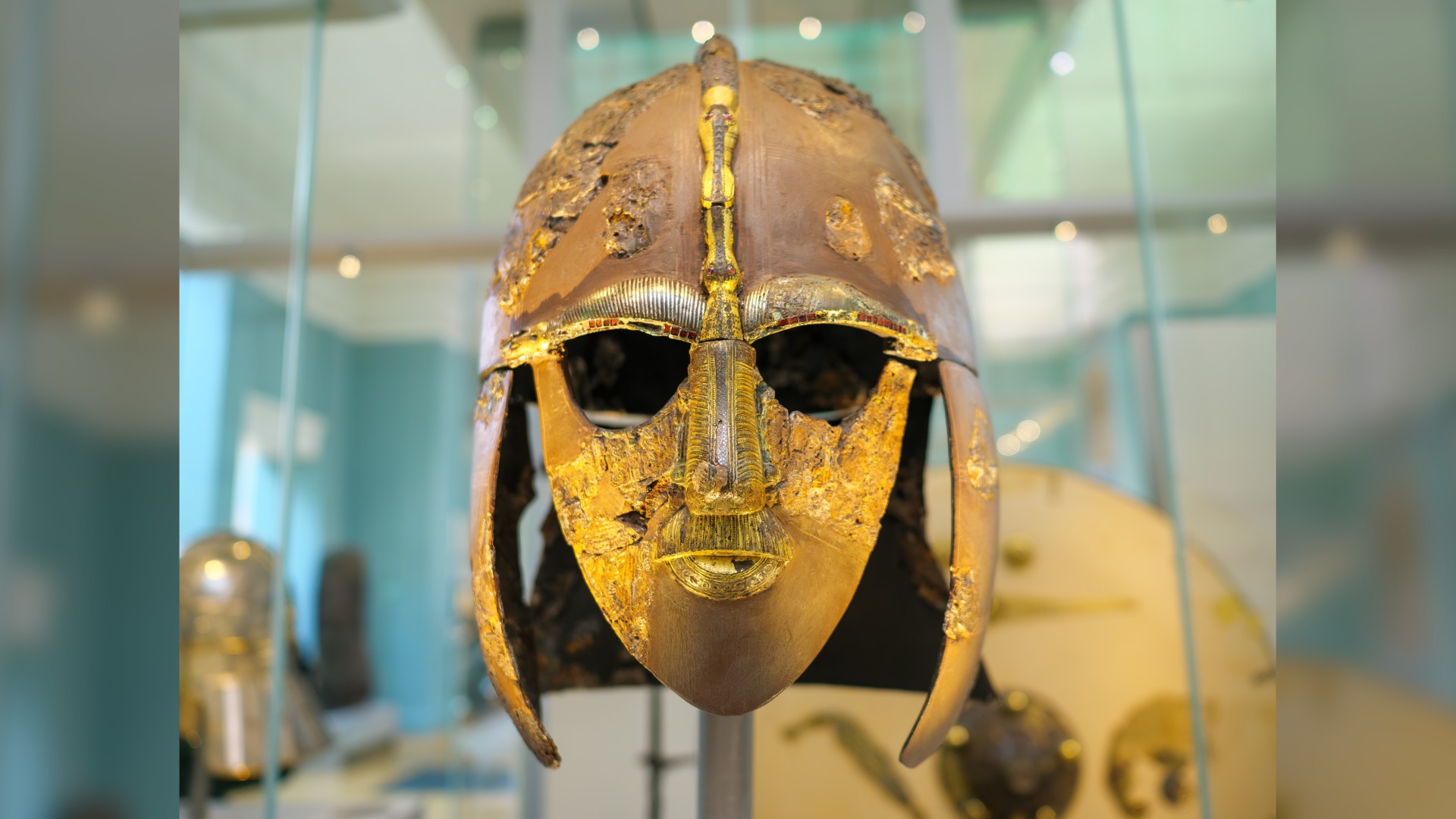
A glimpse into how people lived in the past
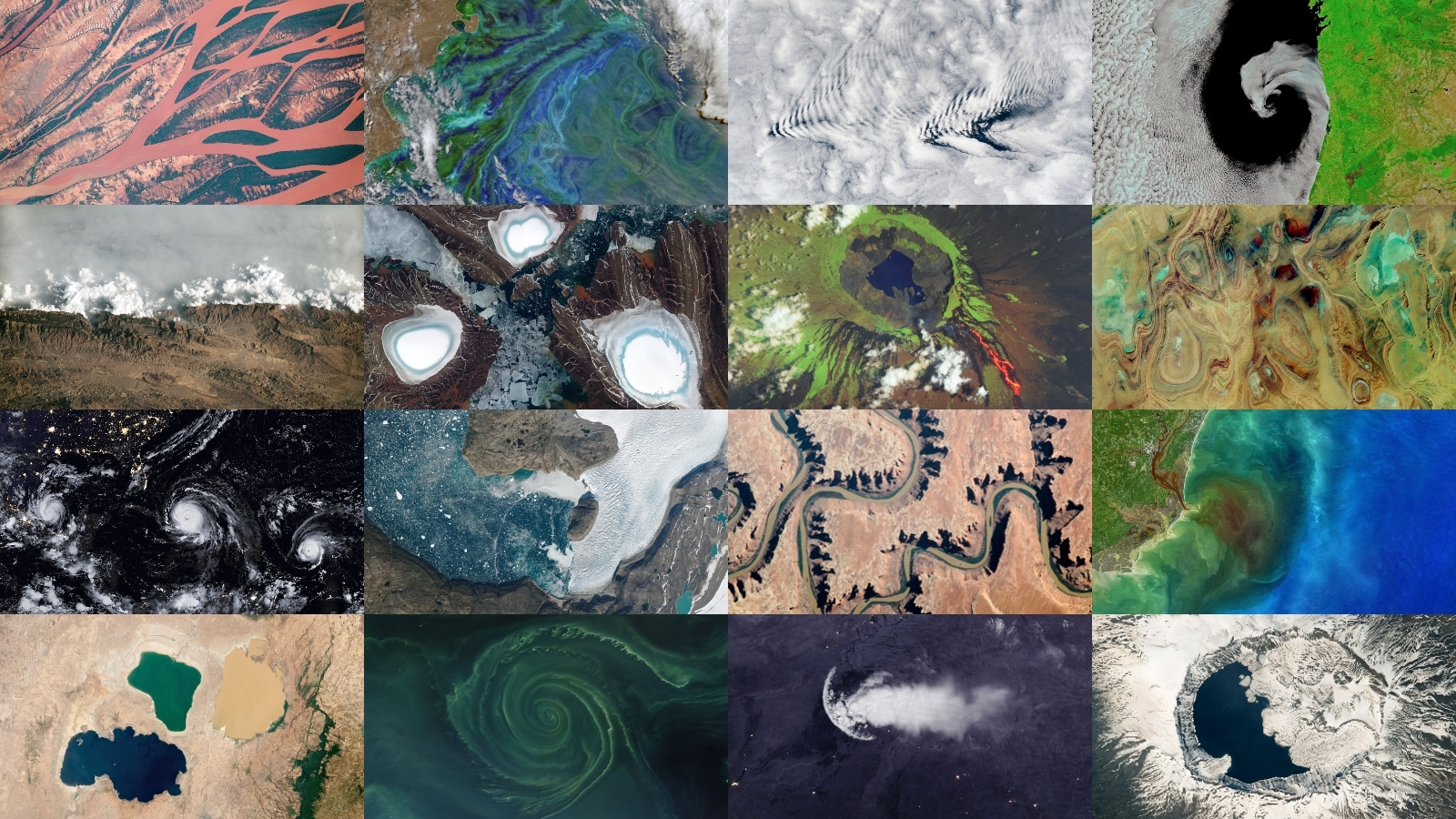
Incredible images of our planet from above

Our roundup the biggest discoveries and top science in the news each week

By Anna Gora last updated
Deals Top-rated smartwatches without breaking the bank.
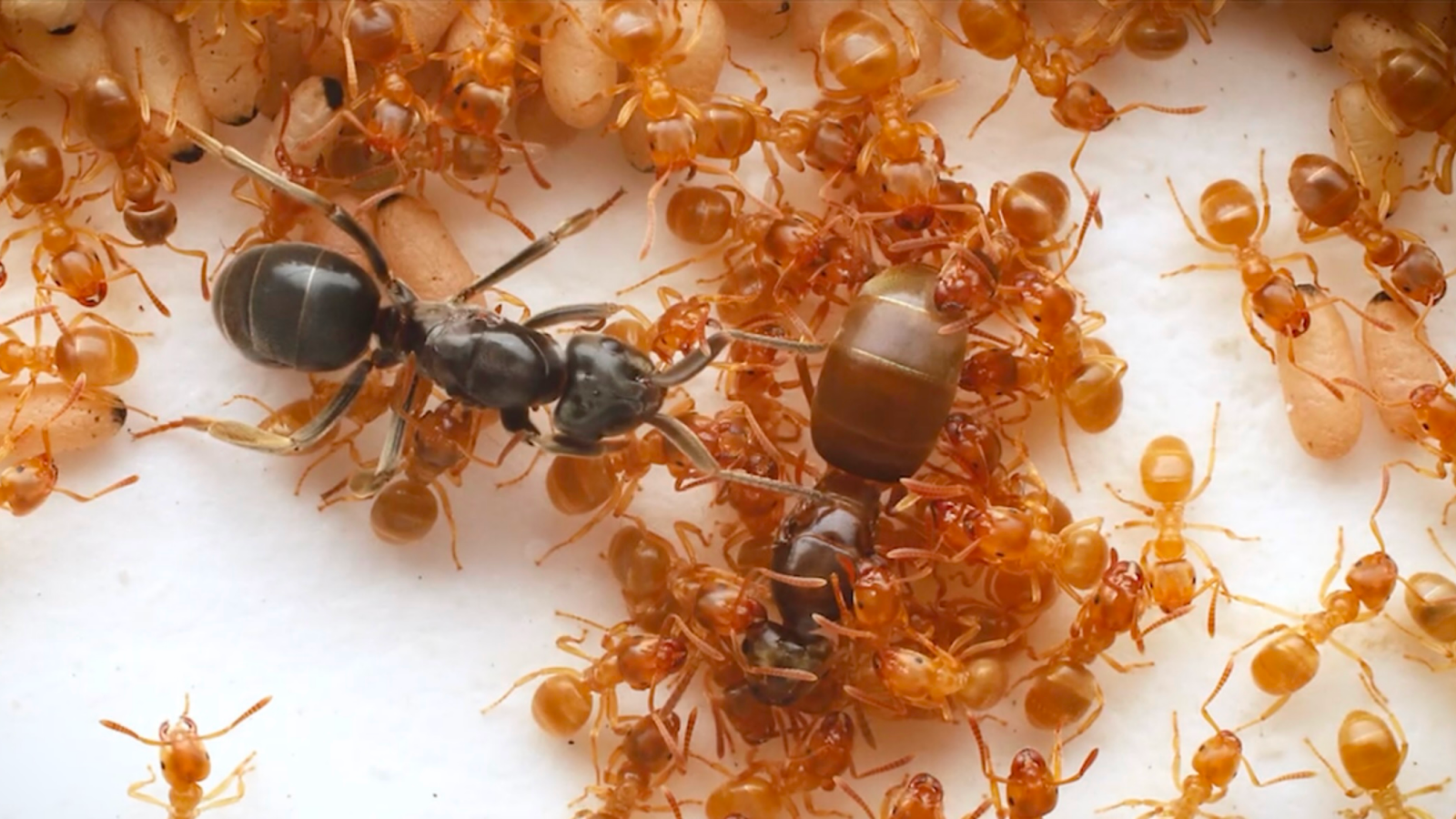
By Chris Simms published
A sneaky spray of chemicals makes ant workers turn on their own mother — the queen — so a parasitic invader can take over the colony herself.

By Kit Yates published
Opinion How bad-faith arguments sow doubt by weaponizing scientific humility.

By Kit Yates published
Opinion Thousands of scientific papers are retracted every year because of fraudulent activity, with both authors and journals gaming a system to gain academic acclaim through deceit, dishonesty and false representation.

By Carlo Kopp, David Green, Fatima Seeme published
Opinion The pervasive spread of misinformation can be tracked to cognitive limitations, social influence and the global spread of online networks. Combatting it has become an "arms race" between truth and lies.

By Larissa G. Capella published
A novel experiment has revealed a phenomenon called the Bohr–Weisskopf effect in a pear-shaped nucleus in a molecule for the first time.

By Tia Ghose published
Mathematician Grigori Perelman solved the Poincaré conjecture, and then rejected the $1 million prize that came with it.
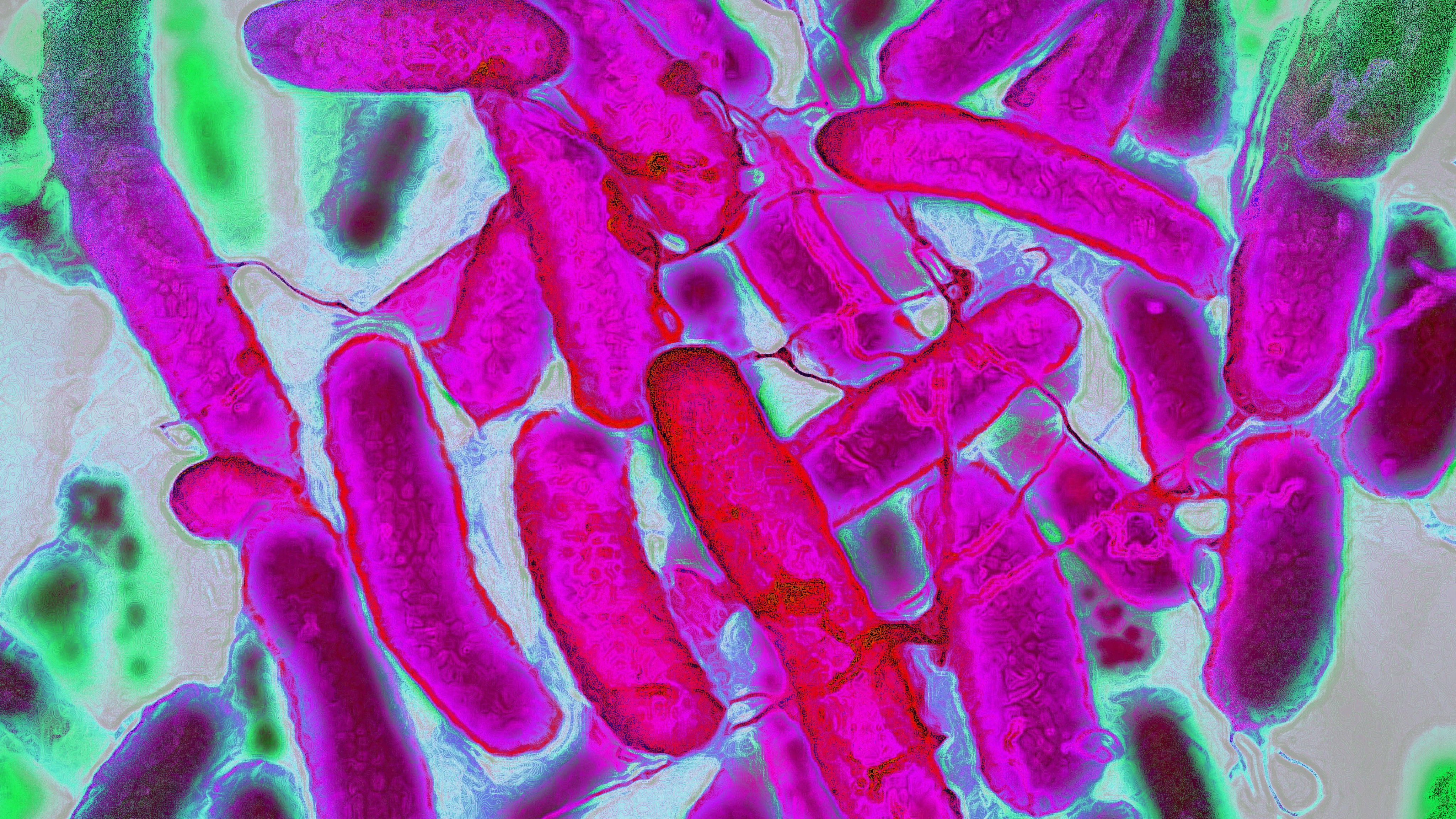
By Mason Wakley published
Scientists have used a novel method to create sustainable, rainbow-colored fibers using bacteria in the lab.

By Tia Ghose published
Over a feverish 10-day period, scientists synthesized and described a new class of carbon molecules, called buckminster fullerenes, after the iconic 20th-century inventor.

By Drew Turney published
Researchers found that AI flattens the bell curve of a common principle in human psychology, known as the Dunning-Kruger effect, giving us all the illusion of competence.

By Joanna Thompson published
When quantum computers become commonplace, current cryptographic systems will become obsolete. Scientists are racing to get ahead of the problem and keep our data secure.

By Keumars Afifi-Sabet published
IBM has released two new complex quantum processors alongside a new framework that would allow us to track the first demonstration of quantum advantage.
Please login or signup to comment
Please wait...